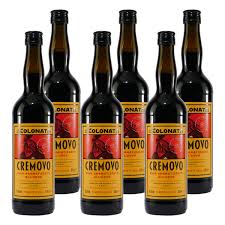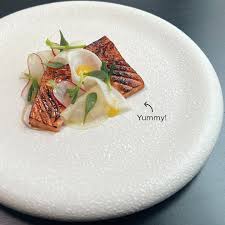
Introduction
Marsala, a fortified wine from the eponymous town in Sicily, has enjoyed a rich history and significant relevance in both culinary and alcoholic circles. Known for its unique flavors and versatility, Marsala is not only celebrated as a beloved drink but also revered for its gastronomical uses. With growing interest in Italian wines globally, understanding Marsala’s distinct characteristics and cultural importance has never been more pertinent.
The Origins of Marsala
Dating back to the late 18th century, Marsala wine was first fortified by merchants as a way to prolong its shelf life during transport. Its production began in the town of Marsala in Sicily, where local viticulturists blended native grapes such as Grillo, Inzolia, and Catarratto. The introduction of English merchants, especially the well-known wine trader Benjamin Ingham, further propelled Marsala’s popularity in international markets. This led to the establishment of various wineries that continue to produce the wine using both traditional and contemporary methods.
Production Process
The production of Marsala involves several steps to ensure the wine’s distinctive profile. Initially, grapes are harvested and fermented. The key aspect of Marsala production lies in the fortification process, where a distilled grape spirit, known as ‘mistella’, is added. This not only increases the alcohol content but also halts fermentation, preserving the natural sugars of the grapes. Marsala is typically aged in wooden barrels, contributing to its complex flavour which can range from dry to sweet, depending on the variety. The classification of Marsala wine includes styles such as Marsala Fine, Marsala Superiore, and Marsala Riserva, distinguished primarily by age and sweetness levels.
Current Trends and Cultural Significance
In recent years, Marsala has seen a resurgence in popularity among wine enthusiasts and chefs alike. Its ability to enhance savoury dishes–from risottos to braises–has re-established it as a staple in Italian cooking. Additionally, bars and restaurants are creatively utilising Marsala in cocktails, expanding its reach beyond traditional wine consumption. Educational initiatives within the wine industry have aimed to raise awareness about its unique characteristics, making Marsala a focal point for wine-tasting events.
Conclusion
Marsala remains much more than just a fortified wine; it is a representation of Sicilian heritage and craftsmanship. As consumers continue to explore the diverse world of wines, Marsala’s unique flavour profile and culinary versatility ensure its place in both home kitchens and fine dining establishments. With ongoing trends pointing towards a revival of traditional beverages, Marsala is poised for broader appreciation in the years ahead, indicating a promising future for this historic Italian gem.
You may also like

Exploring Zanetti: Italy’s Dairy Excellence

The Culinary Journey of Glynn Purnell: A Celebrated Chef
